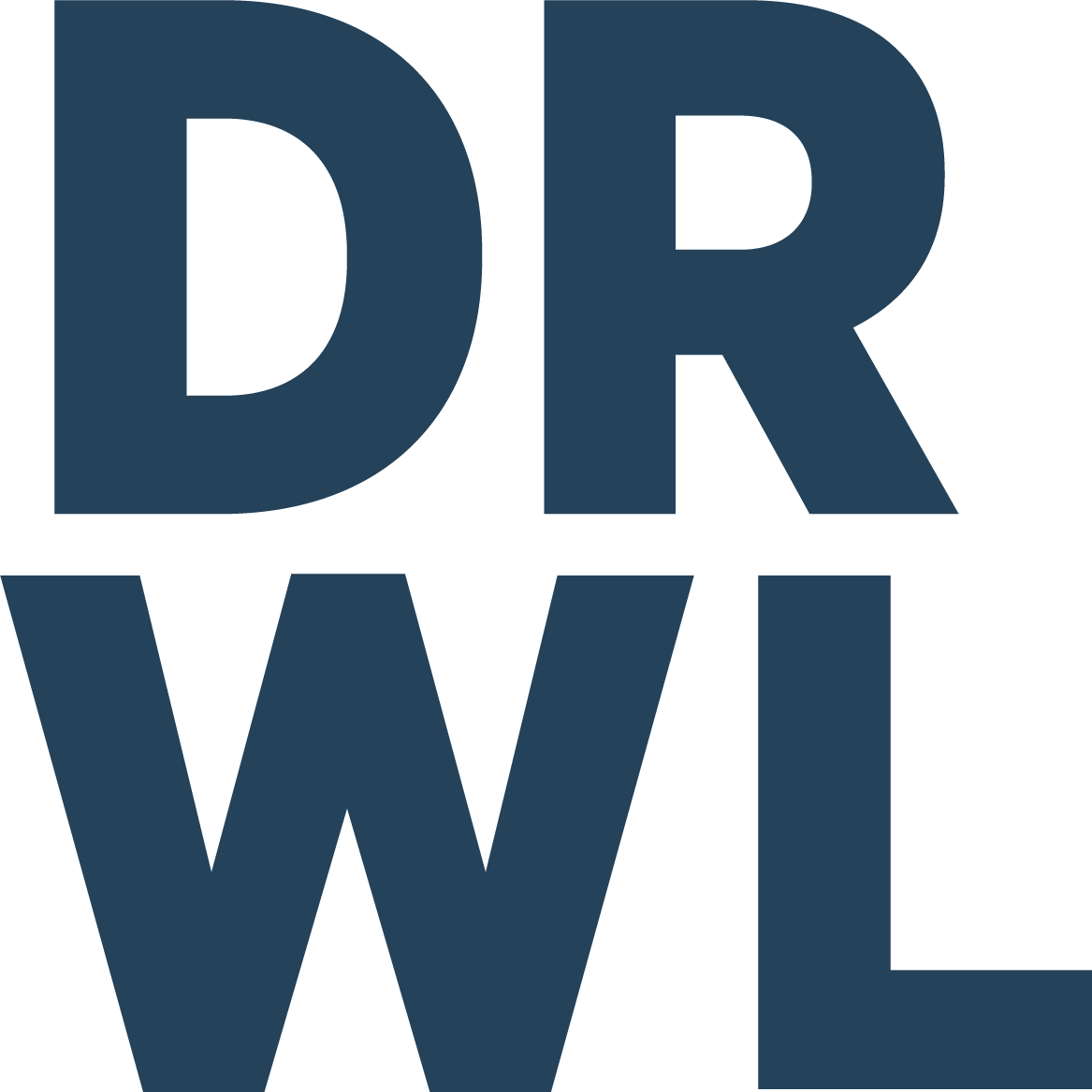Five ways special education teachers can prepare materials for an effective learning experience.
As educators, are you doing the “right thing?”
With the uncertainty of whether schools will reopen in the fall, I know that many of you are frustrated, overwhelmed, and stressed with the uncertainties of today and tomorrow. Remember: we will get through this — together.
Many of us entered the field of education not to have our “summers off,” or when trying to decide on a career were told, “If you cannot do anything else — teach.” Instead, we chose to become educators to make a difference in every child’s learning success.
But, the times are a-changing! As dedicated and skilled professionals, we know that not all instructional strategies work for every student. Besides teaching well, teachers that are successful make good decisions about which strategies work in various situations.
During this time of online teaching, are you making good decisions about how to prepare and present materials? Do these lessons create learning experiences that are effective, while allowing the child to understand? Are you sharing educational expertise with your “fellow teachers” (parents, grandparents, guardians, caregivers, etc.) so that students are receiving consistent learning and feedback?
When creating an effective learning environment so that all students have a better opportunity to be successful, consider adding the following five concepts to your professional “toolbox”:
Support. What level of support are you providing for the student and parent? How are you ensuring that the child is reaching the necessary level of learning you desire for this lesson? What support are you providing the parents/grandparents/guardian/caregiver so as a “partner teacher,” they feel comfortable and confident instructing the child?
Guidelines. Are there necessary guidelines that need to be followed for successful completion of this assignment? Have they been written in a non-jargon format so they can be understood without teacher clarification?
Resources. Where can additional resources be found that can provide meaningful assistance? This would include websites, apps, etc.
Responses to questions. How are you providing responses to your “partner teacher” questions? Your response should attempt to solve, clarify, explain, etc. the question. The question to ask yourself should be “Is my response providing a solution?”
Alternate delivery methods. Is there a way that this material could be presented in a different manner? Establishing a routine of viewing your lessons and instructional materials from “outside the box.” By trying to understand them from the student or partner teacher’s vantage point can allow you to view your work from a different perspective and ensure that the reader can not only read what is expected, but independently comprehend how to successfully complete the requirements, thereby increasing the success of not only the student, but you as the teacher, in this new normal we are now living in.
